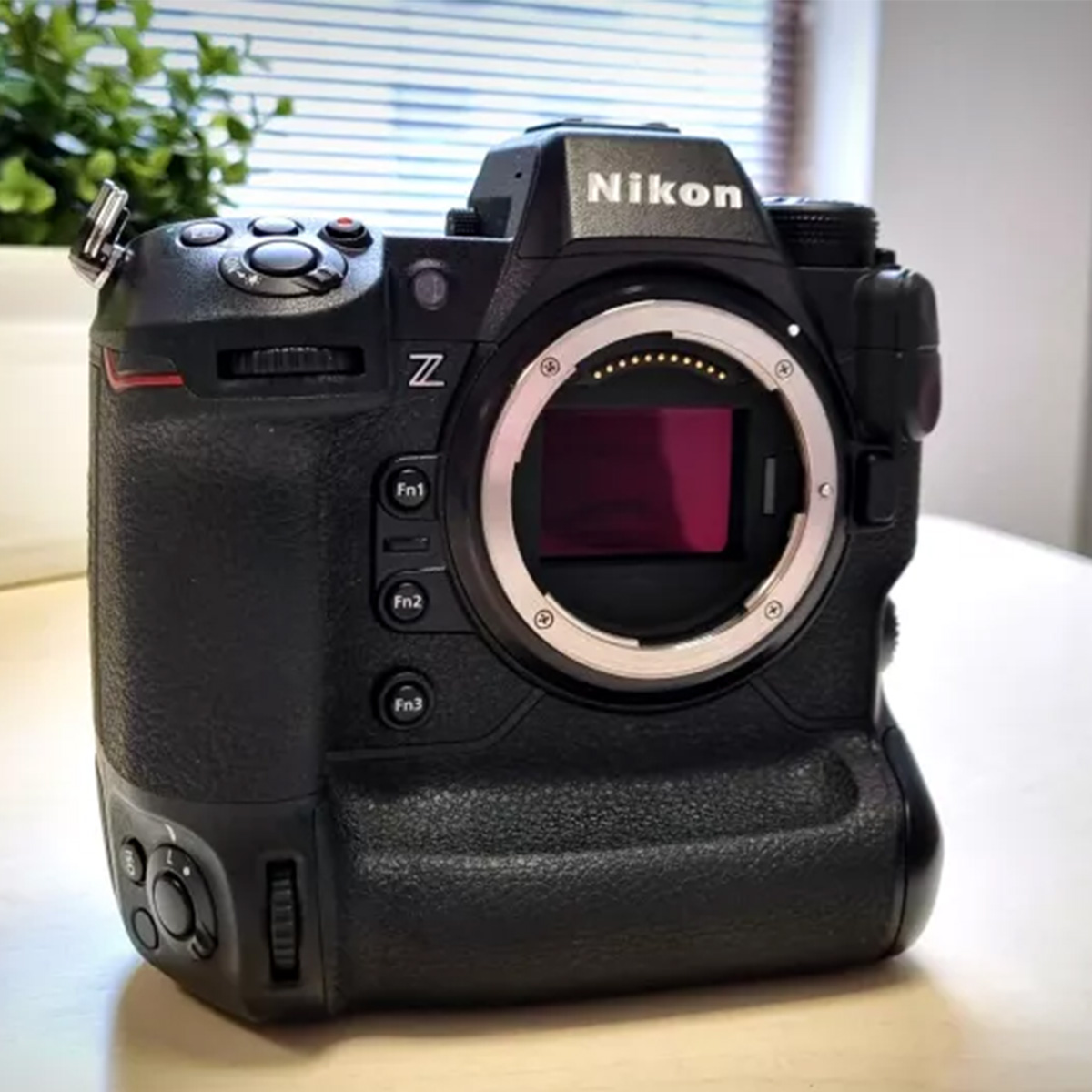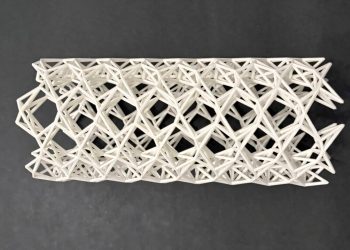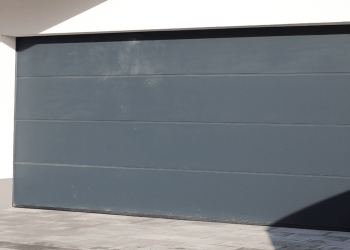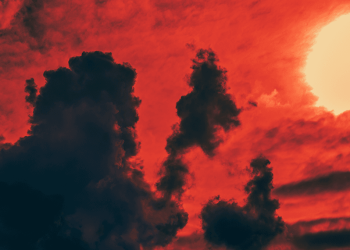Astrophotographer Brennan Gilmore captured spectacular views of the solar wind blowing away a large section of C/2025 A6 (Lemmon)’s tail, as the icy traveler continues to brighten ahead of its close approach to Earth on October 21.
Best Camera Pick: Nikon Z9

Looking to photograph Comet Lemmon? Try the Nikon Z9, one of the most capable digital cameras ever made and a delightful overkill for astrophotography and landscapes. Get yours today.
Comet Lemmon has brightened significantly since its discovery on January 3, raising hopes that it could become a spectacular naked-eye comet in October as it approaches the closest point to the sun in its 1,350-year orbit on November 8 – a point known as perihelion.
Gilmore’s image gives us a spectacular view of the bright green Comet Lemmon as it passed near the bright star TW Leonis Minoris in the constellation Leo Minor on October 4. A long, bright tail extends from the comet’s core, as material is ejected from the comet reflects nearby sunlight.
A comet’s tail is constantly blown by the steady stream of charged particles collectively emanating from the sun as “solar wind“. As such it will always point away from the sunrather than simply following the direction of travel of a comet, like the exhaust trail of an airplane.

Look on it
Gilmore released a stunning 60-minute timelapse of Comet Lemmon as a colossal section of its tail was buffeted and blown away by the solar wind on October 2, in a spectacular disconnection event. The images were taken using a Takahashi Epsilon 130D Newtonian telescope in conjunction with a ZWO astronomy camera in Cismont, Virginia.
Comet Lemmon continues to brighten, with some observations published by the Comet Observing Database (COBS) managed by the Crni Vrh observatory in Slovenia, putting its brightness at +5.1, which would make it detectable as an extremely faint object with the naked eye from a dark place in the sky.
Be sure to check our researcher’s guide if you’re hoping to lay eyes on Comet Lemmon as it brightens further in October and read our tips on how to photograph a comet if you wish to create a permanent memory of the wandering body before it disappears from our skies,
Editor’s note: If you would like to share your astrophotography with Space.com readers, please send your photo(s), comments, and your name and location to spacephotos@space.com.









